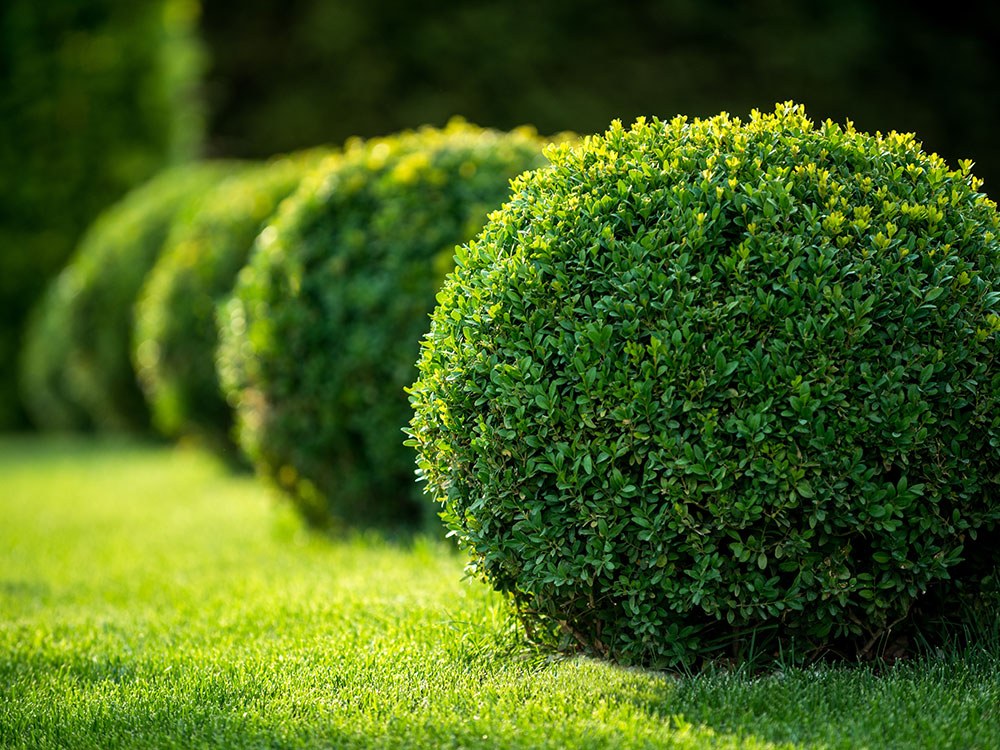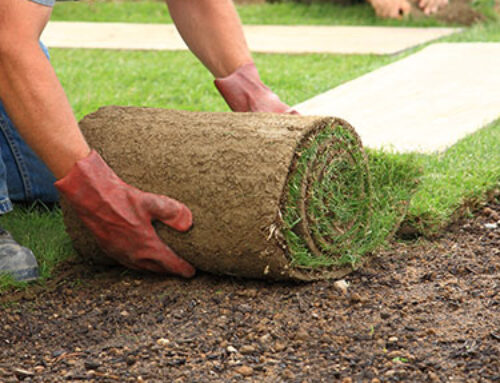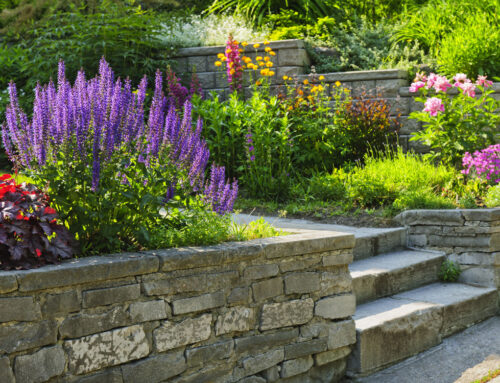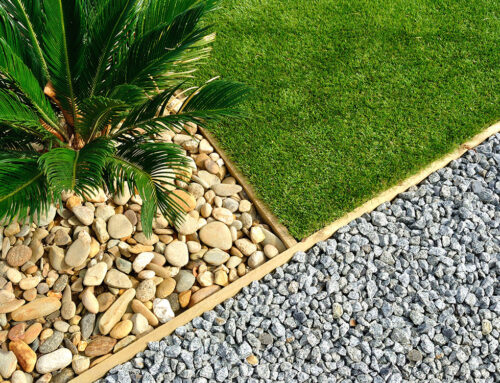Q. Should the clippings be contained or bagged?
In most circumstances it is not a good idea to collect clippings from your lawn for several reasons. Clippings return a lot of nutrients to the lawn and help with fertilizing. In addition the excessive clippings add as ground cover or insulation to the root system of the turf.
“Grasscycling” Helps With Lawn Fertilization
Clippings “recycle” as much as 15% of all the food value of the lawn fertilizer applied. This means a lawn that “grasscycles” can be greener and better fed than one where clippings are removed. And because clippings have such high water content, they break down quickly and return both moisture and lawn fertilizing nutrients to the soil fast. Letting your clippings lie taps into the natural cycle of nature, and saves you time and effort during periodic lawn fertilizing.
Getting To The Root Of The Thatch “Myth”
Thatch is the layer of living and dead roots and stems that form on top of the soil. A small amount of thatch is a good thing, but when thatch builds up faster than the soil can break it down, all sorts of lawn maintenance problems start to crop up. The misunderstanding is that grass clippings add to this thatch. This just isn’t true. Thatch is made up mostly of roots and stems, not grass blades. Bagging the clippings does not reduce thatch build-up. Core aeration will help control thatch for more than bagging grass clippings.
Caring For The Environment
Besides the fertilizing lawn care benefits of leaving your clippings, there’s the additional issue of landfill capacities.
Keep It Med/High
The first guideline for growing grass is mowing high. A lawn kept clipped at the correct height is able to stay greener, helps with weed control, conserves water by shading the soil, and has more food producing ability. Weed and crabgrass seeds need plenty of sun and heat to sprout. Because of this, taller grass is one of the best methods of weed prevention you can use. Shading the soil by mowing higher also reduces water loss from evaporation.
Cutting Too Short or Too Much Off At Once Is Scalping
When you set the blade too low, you may remove most of the food producing parts of the plant. The result is a brown lawn that takes weeks and weeks to recover.
How Often Is Often Enough?
Mowing at the right frequency is the second grass care rule to keeping your lawn in top condition. Lawns grow at very different rates from season to season. Turf grass produces much more top growth during the spring and fall, and your mowing schedule should match the growth of your lawn. During periods of heavy growth, once a week , while every ten days might be fine during the winter.
The key to mowing frequency is to never remove more than 1/3 of the total blade height in a single mowing.
Contact PGM of Jacksonville Today!
Disclaimer: PGM does not indorse any 3rd part links within this site; this Blog is for informational purposes only. The information found within this blog is the opinion of the author. Please seek professional opinions of more than one company or tradesmen. Reliance on any information provided by us or others appearing on the Site at the invitation of PGM of Jax, or other visitors to the Site is solely at your own risk. The Site and the Content are provided on an “as is” basis.





